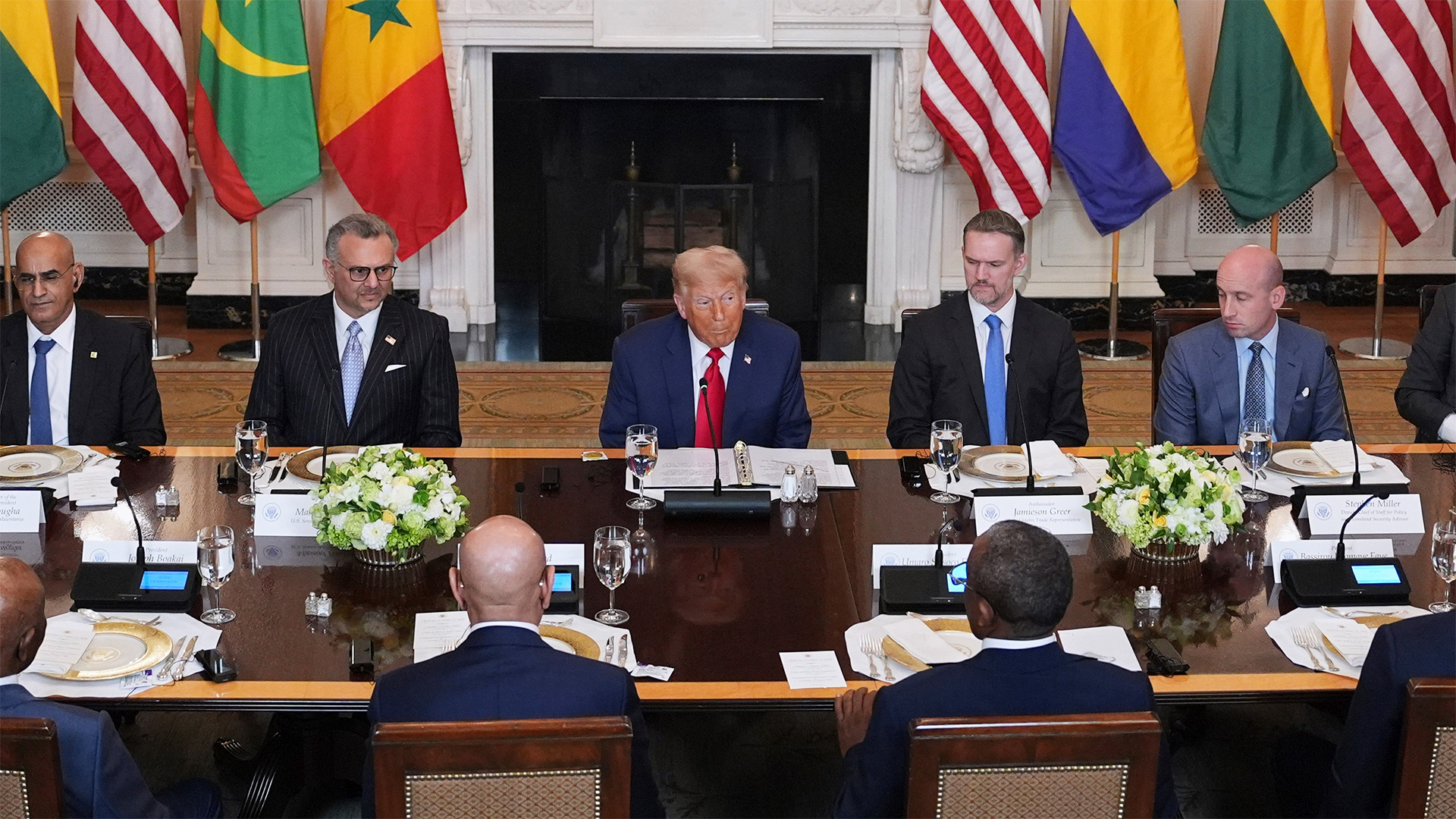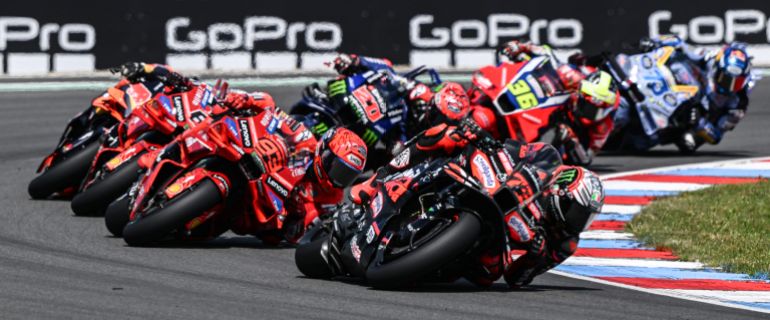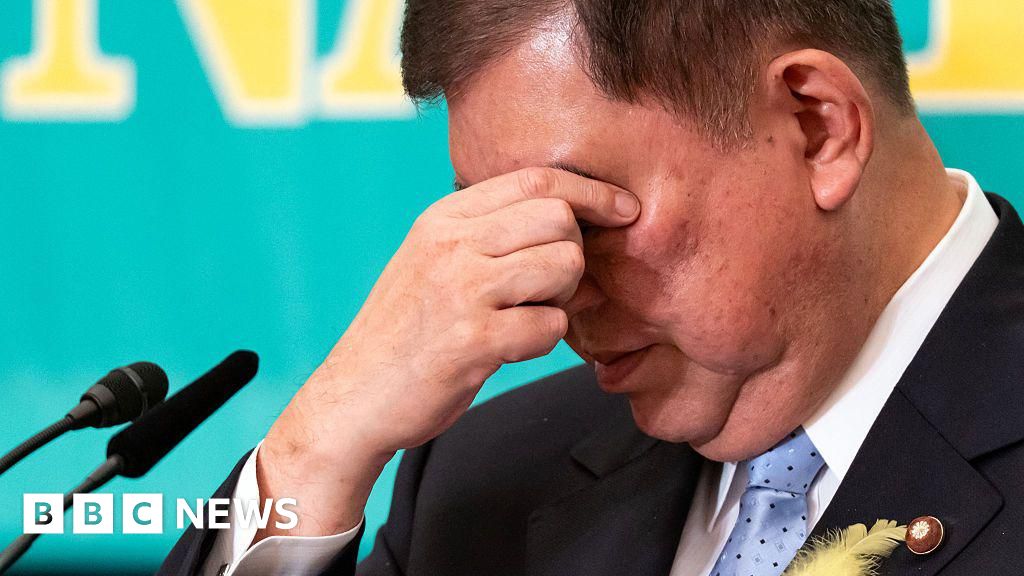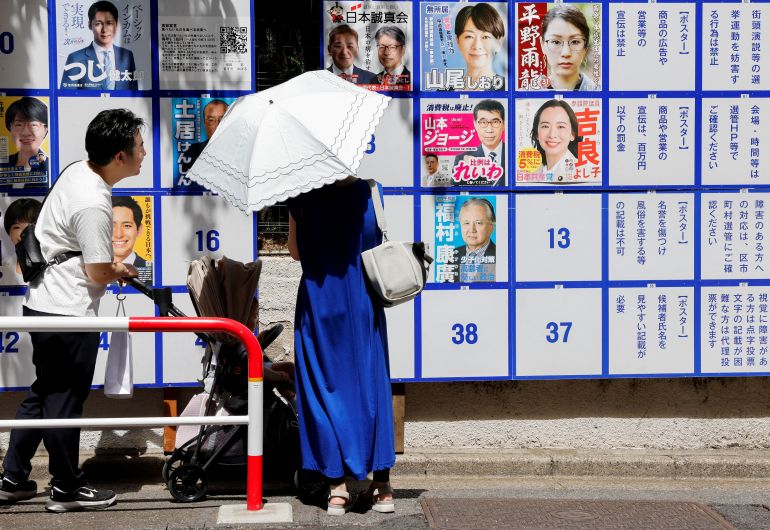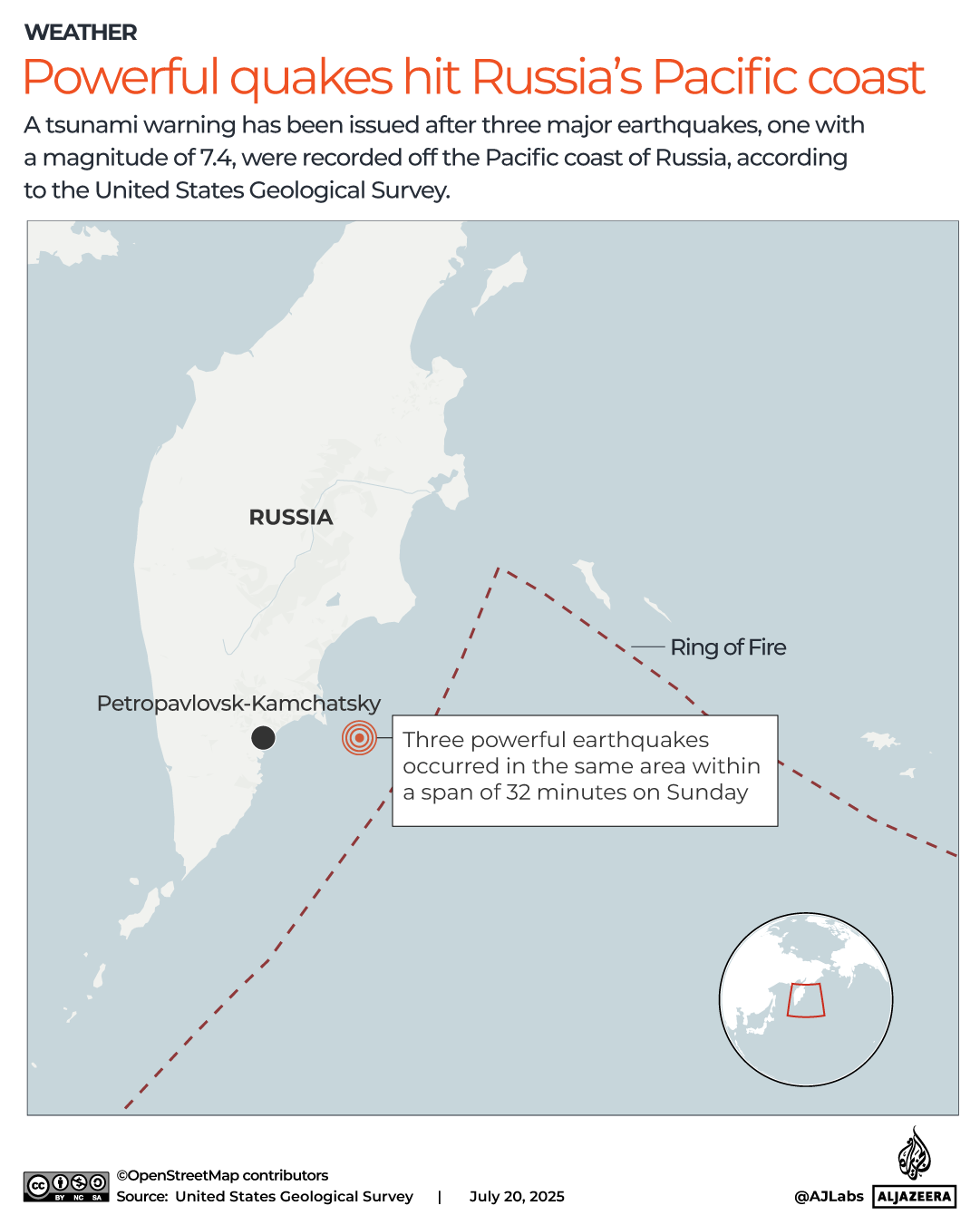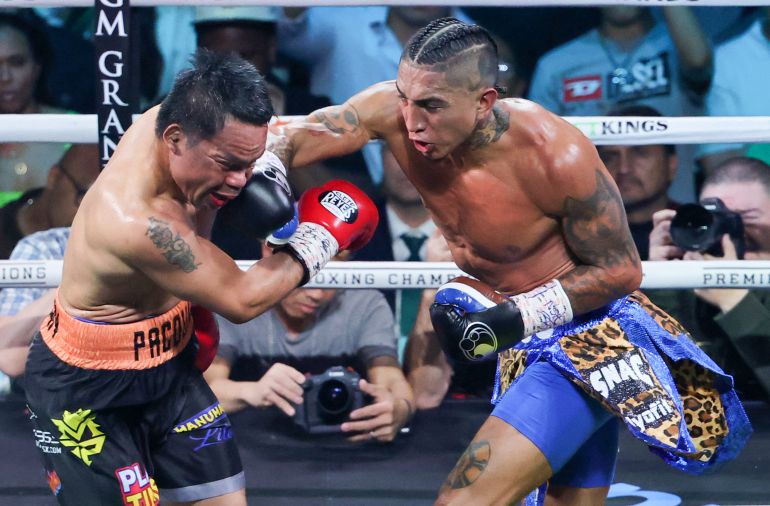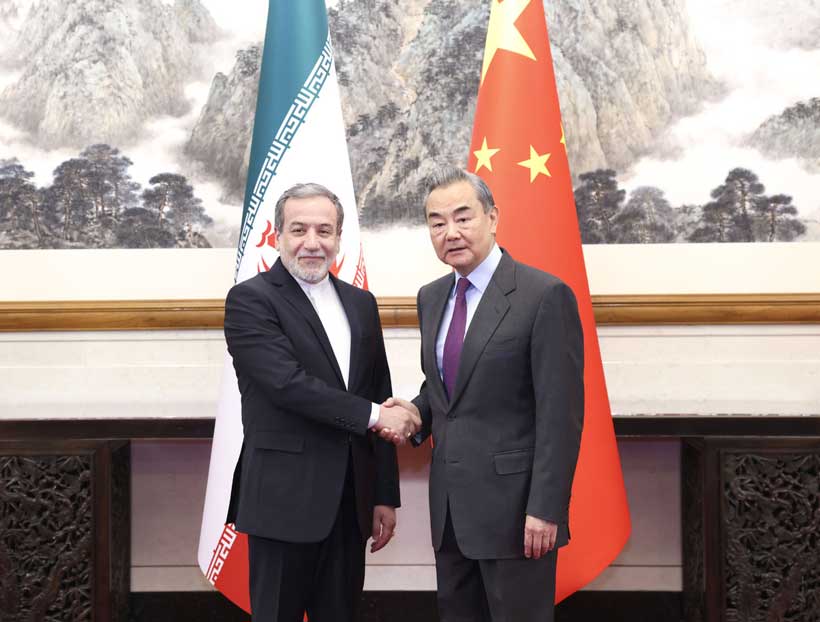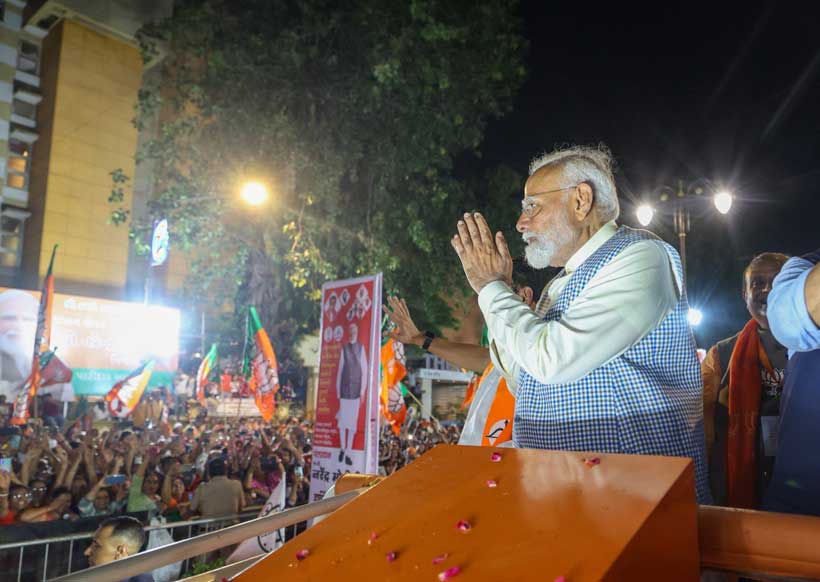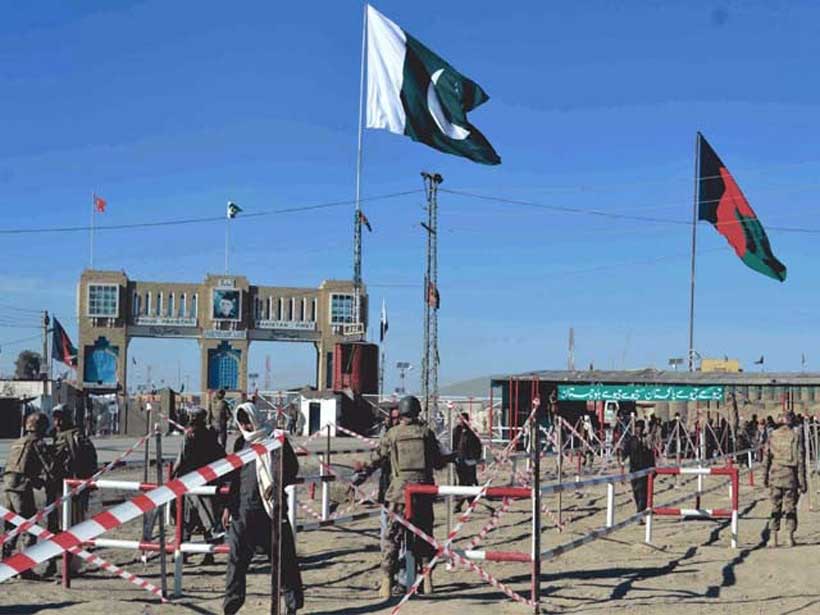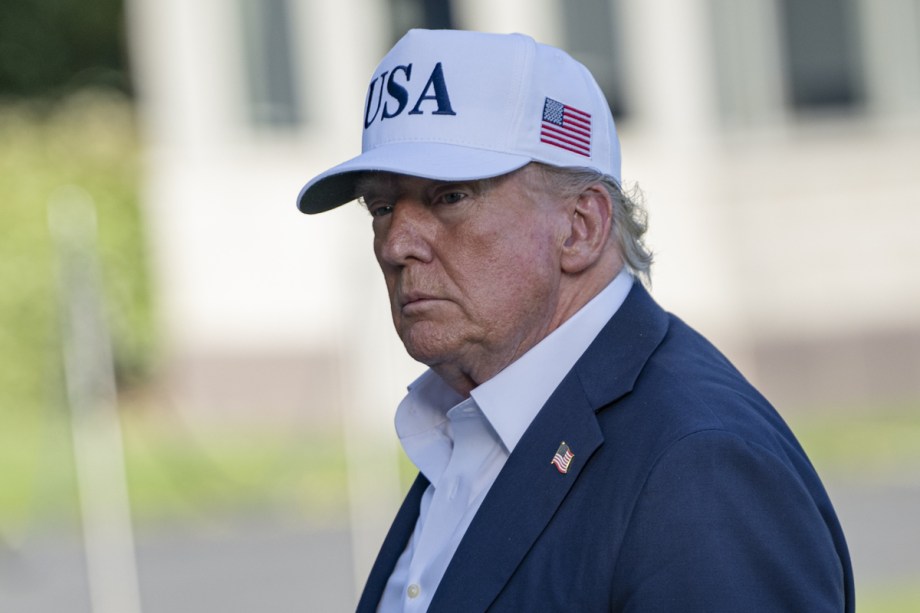There are moments in world affairs so brazen, so jaw-droppingly cynical, that satire simply gives up and goes home. One such moment has arrived: the unlikeliest of duos—Benjamin Netanyahu of Israel and Pakistan’s General Asim Munir—have found common cause in nominating Donald J. Trump for the Nobel Peace Prize. That’s right. A warmonger-in-chief being heralded by a military autocrat and a genocidal demagogue as the global symbol of peace. George Orwell, meet your latest footnote.
But let’s not be misled by the absurdity. This is not a comedy of errors. It’s a political ritual of allegiance, where power is flattered, imperialism is decorated, and peace is contorted into a mockery of itself. That Netanyahu and Munir are Trump’s cheerleaders for this grotesque honor tells us everything we need to know about the rotting soul of contemporary global politics.
Netanyahu’s blood-soaked nomination
Let’s begin with the easier case: Benjamin Netanyahu. This is a man who has overseen the sustained, merciless and genocidal bombardment of Gaza; the violent settlement expansion in the West Bank; and the systematic erosion of Palestinian life, liberty, and land. Under his leadership, Israel has dropped any pretense of coexistence and charged headlong into what can only be described as concentration and death camps bolstered by high-tech siege craft.
And yet, here he is, nominating Trump for a peace prize.
Why? Because Trump gave Netanyahu exactly what he wanted: recognition of Jerusalem as Israel’s capital, the erasure of Palestinian claims to sovereignty, carte blanche for Israeli aggression, and a diplomatic coup in the form of the Abraham Accords—normalization deals signed not in the interest of peace, but in the currency of arms sales, surveillance tech, and shared contempt for popular resistance.
Trump’s presidency was a golden age for Israeli impunity. For Netanyahu, nominating Trump is not an act of admiration—it’s a political thank-you note written in the language of strategic reward. You gave us what we wanted, especially and most importantly now with supporting war and terror against Iran. Now we give you this nomination. A ceremonial trinket, perhaps, but one that helps sanctify violence under the banner of “diplomatic achievement.”
Munir’s machinations in khaki
But Netanyahu’s motives, however odious, are at least straightforward. General Asim Munir’s are a little murkier—and no less disturbing.
As Pakistan’s Chief of Army Staff, Munir has proven himself less a guardian of national defence and more a loyal executor of imperial interests, both foreign and domestic. Having presided over a brutal crackdown on dissent, the forced disappearance of political activists, and the wholesale dismantling of civilian democratic forces, Munir now fancies himself not just a general, but a statesman—a khaki kingmaker courting Washington.
So, when Munir praises Trump’s “role” in easing tensions between Pakistan and India, he’s not being sincere—he’s being strategic. He knows Trump couldn’t care less about South Asian peace. This nomination is a calculated overture to Trump’s ego, an attempt to ingratiate himself with a man who may once again hold the keys to American patronage.
In nominating Trump, Munir isn’t rewarding peace. He’s buying leverage. He wants to be seen as Washington’s man in Islamabad, a reliable custodian of regional “stability”—that is, a suppressor of democratic uprisings and an enabler of foreign agendas. And Trump, who has always admired a good strongman, is exactly the kind of figure Munir wants to impress. After all, what better way to ensure the longevity of your tenure than to align yourself with the most powerful demagogue on the world stage?
Trump: Mascot of manufactured peace
The man at the center of this surreal circus is, of course, Donald Trump—a figure whose relationship with peace is about as authentic as his tan.
Here is a man who tore up the Iran nuclear deal, brought the world to the brink of war with Tehran, cozied up to autocrats in the Gulf, fanned the flames of Hindu nationalism by celebrating Modi’s aggression in Kashmir, and normalized apartheid and genocide in Palestine. This is the man whom Netanyahu and Munir, in their infinite moral flexibility, have chosen to rebrand as a modern-day peacemaker.
Trump’s foreign policy was never about peace—it was about transaction. Peace, for him, was a product for sale: to be exchanged for oil, weapons contracts, or political favors. The Abraham Accords, often touted as his crowning foreign policy achievement, were nothing more than a regional alliance of autocracies built on the graves of Palestinian aspirations. It was diplomacy for despots, a backroom deal between monarchies and militaries, dressed up as progress.
That Trump now stands poised to be lauded by two of the most repressive figures in modern geopolitics is not just ironic—it’s obscene. The Nobel Peace Prize, already sullied by past embarrassments, would collapse entirely into farce if it ever landed in his tiny, clammy hands.
READ: Netanyahu nominates Trump for Nobel Peace Prize
The prize as political currency
It’s worth asking: why the Nobel Peace Prize? Why this prize, of all things, when none of these men has the faintest interest in actual peace?
Because in this world, the prize has become political currency. A symbolic tool to confer legitimacy, to rebrand tyranny as leadership, and to whitewash war crimes with the bleach of diplomacy.
Netanyahu wants Trump’s continued favor, perhaps even cover for Israel’s next phase of ethnic cleansing. Munir wants Trump’s blessing to secure his own position at home and elevate his stature abroad. And Trump wants a trophy—any trophy—that proves he’s not just a loser with multiple indictments and a failed coup on his résumé.
So, they trade endorsements like mob bosses exchanging favors. You nominate me, I protect you. You praise me, I ignore your crimes. You flatter me, and I’ll look the other way when you crush your people.
This is not geopolitics. It’s gangsterism with better suits.
Collateral damage: Democracy and dignity
And what of those caught in the crossfire of this grotesque performance?
In Pakistan, the democratic process lies in shambles. Civilian leaders, other than the generals’ kleptocratic sycophants, have been sidelined, exiled, or imprisoned. Imran Khan, the country’s most popular politician, remains behind bars while the military consolidates its grip under the guise of national security. His crime? Challenging the authority of the uniformed elite and trying to build a just and sovereign Pakistan. Munir’s message to Washington is clear: I’ll keep the chaos contained—just keep the aid flowing and the praise coming.
In Palestine, resistance is bombed, starved, and erased from diplomatic memory. The very people who most deserve global solidarity have been airbrushed out of “peace deals” that trade their rights for regional arms partnerships. Netanyahu’s peace is paved with rubble and barbed wire.
In both cases, the real casualties of this Nobel nomination charade are truth, justice, and any genuine hope for self-determination. The spectacle distracts from the suffering. The prize, in this case, is a mask for the violence
The final insult
At its best, the Nobel Peace Prize has been a flawed but meaningful recognition of efforts to resolve conflict and advance human dignity. At its worst, it has been handed to war criminals in tuxedos. What Netanyahu and Munir propose is something beyond the pale. They are not simply nominating a man unworthy of peace—they are redefining peace itself to mean its opposite.
This is not just hypocrisy. This is humiliation. It is the ritual humiliation of oppressed peoples everywhere—Palestinians, Kashmiris, Pakistanis—who are told that their suffering is not only invisible, but irrelevant to the charade playing out on the global stage.
A reckoning is due
What does all this mean for the rest of us—those who still believe peace is more than a marketing slogan?
It means we must reject the pageantry of power and return to the substance of justice. It means we must see through the performance and recognize who truly pays the price when tyrants give each other medals. It means building solidarity between those fighting military rule in Pakistan, apartheid and genocide in Palestine, and demagoguery in America. Because these struggles are not isolated—they are interconnected.
When the generals and the occupiers and the aspiring emperors unite to award each other, it’s a sign not of strength but of desperation. They know the people are watching. They know legitimacy can’t be manufactured forever. And they know that no peace prize can silence the thunder of an awakened people demanding their dignity back.
So let them nominate whom they wish. Let them applaud each other in gilded rooms. Let them mistake flattery for immortality. History will remember not the ceremonies—but the crimes.
And one day, when peace is reclaimed from the hands of tyrants and returned to the people, we’ll look back at this moment for what it was: the last gasp of a dying order trying to sanctify its sins with a golden plaque.
OPINION: The BRICS declaration may be a breakthrough on Palestine — but action must follow
The views expressed in this article belong to the author and do not necessarily reflect the editorial policy of Middle East Monitor.
